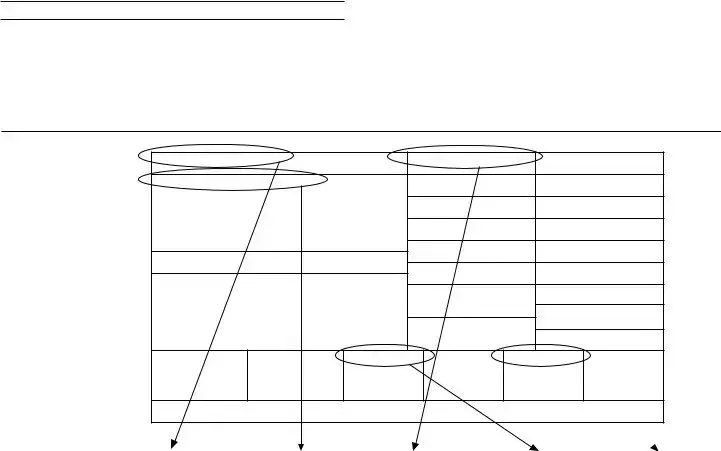Filling out the Michigan 3924 form, also known as the Withholding Tax Schedule, is a critical step in ensuring that one's state tax obligations are accurately reflected. However, several common mistakes can lead to complications, delays in processing, or even impact the amount refunded or owed. Understanding these pitfalls can significantly smooth the tax filing process.
One significant error is failing to attach the Schedule W to the MI-1040 or MI-1040X form where appropriate. This oversight can delay the return processing as the Department of Treasury needs this schedule to verify the claimed withholdings. Ensuring that this schedule is securely attached is a straightforward but crucial step in the tax filing process.
Another common mistake is inaccurately entering social security numbers or incorrectly filling out the filer’s name and details. Such inaccuracies can lead to processing delays or misattribution of tax payments. It's imperative to double-check these entries against official documents to avoid errors.
Individuals often misinterpret the instructions around Table 1 and Table 2, leading to incorrect entries for Michigan and city income tax withheld. This misunderstanding can affect the claimed refund or owed tax. It's crucial to correctly differentiate and report the state and city tax withheld as specified in the provided tables.
Typographical errors in entering the employers' federal identification numbers and payer’s identification in Tables 1 and 2, respectively, are also common. Since these numbers are critical for the treasury department to verify withholding information, inaccuracies here can have significant repercussions on the tax return process.
Another mistake involves the misreporting of income types in column D for both tables. Taxpayers sometimes incorrectly classify their income, leading to discrepancies in taxable amounts and withholdings. Understanding the nature of each income type and correctly categorizing it is vital.
Additionally, some filers overlook the necessity to tally a subtotal and carry these figures to the subsequent sections of the form or other related worksheets. This step is crucial for accurately calculating the total withholding claim. Missing or incorrect totals can lead to miscalculations on the main tax return form.
Incorrectly entering distribution codes, especially in Table 2 for 1099-R forms, is a frequent error. This code provides essential information on the nature of distributions, which can influence tax liability. Correct interpretation and entry of these codes are, therefore, essential.
Forgetting to account for additional withholding documents when filling out the initial form, then not attaching additional Schedule W forms if necessary, can also lead to underreported withholdings. Taxpayers with diverse sources of income must ensure all withholding documents are accounted for and attached as needed.
Failing to check the completed form for calculation errors or overlooked entries before attaching it to the MI-1040 can result in inaccuracies in one's tax obligations. A final review and double-checking of totals and carried-over amounts can prevent such errors.
Last but not least, ignoring the instructions on the preservation of W-2s, 1099s, and other withholding documents can complicate matters if the Michigan Department of Treasury requests them for verification purposes. Keeping these documents for at least six years is advisable for reference in potential future inquiries.

